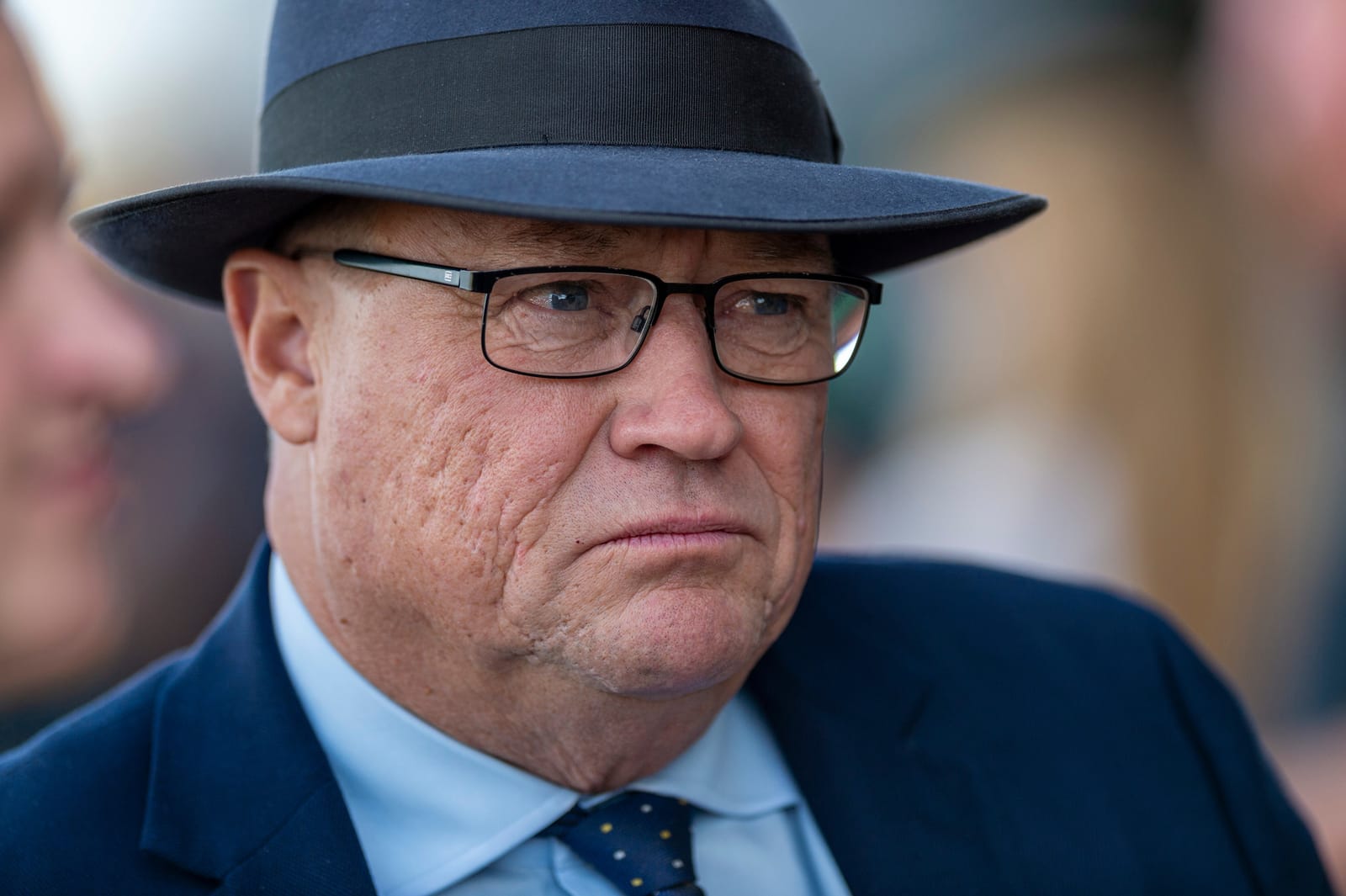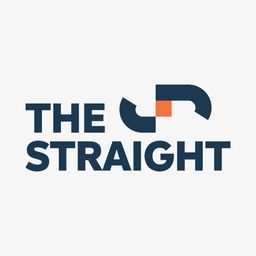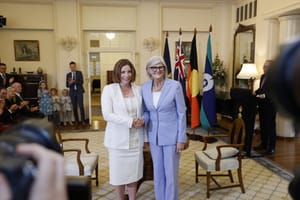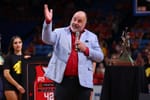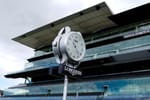From jockey to shearer to trainer to his home state’s Hall of Fame, Tony McEvoy has traversed the country in a 50-year career. He reflected on his racing journey with Matt Stewart.
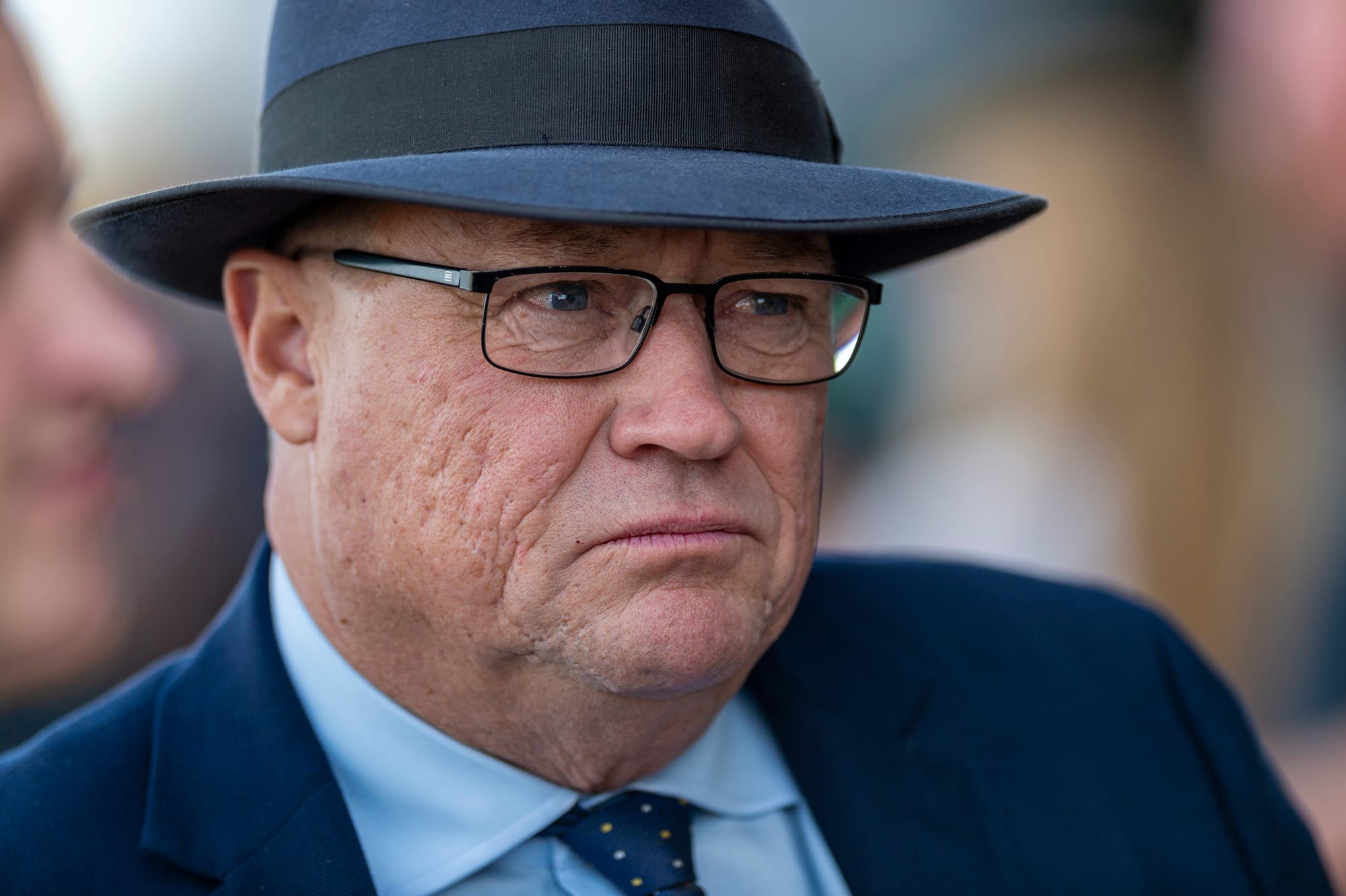
Tony McEvoy wasn’t raised to bask in his achievements. If you got ahead of yourself on the family farm at Calca, one of five brothers was on hand to sort you out on the back veranda, where hay twine marked out the McEvoy boxing ring.
You never got ahead of yourself riding the rough bush racetracks of western South Australia, where any elbow to the ribs was disguised by the dust.
Nor in the shearing sheds near Streaky Bay, where a 20-year-old kept his head low in the company of superhuman 50 and 60-year-olds with hearts of gold but heavy fists.
Especially not in the back of Colin Hayes’s maroon Statesman, where, as a “shit-scared” 16-year-old, you were picked up at a bus stop, the first nervous step to becoming a true South Australian success story.
So the modest McEvoy was blindsided when he received “a most magnificent” phone call from Racing SA chairman Rob Rorrison, who informed the 64-year-old of his impending induction into the South Australian Racing Hall of Fame.
“I was gobsmacked to be honest,” McEvoy said. “He rang me, I know Rob well, and I didn’t twig at all what the call was about. So, we’re just chatting away, ‘how’s this, how’s that’ and then he told me, and it really stunned me. Nothing really stuns me these days, but this did.
“I thought, wow, how incredible. Me?”
The phone call rekindled not relatively recent memories of Cox Plates, premierships, constant relocations or even his 33-year role as an honorary member of the Hayes dynasty, but early ones.
The farm.
The barren landscape of Streaky Bay and surrounds, including many of the bush tracks McEvoy rode but are now gone, and the daunting interior of Australia, right up to Darwin, was the making of the man.
McEvoy was renowned for his steel jaw and, in his youth, sorting things out with his fists. At least one pub in Angaston put him on the never-again list.
His family story is typical of the era, especially in the bush. The McEvoys were tight-knit and ferociously loyal. Disputes were sorted out on the veranda.
“There were pretty clear rules in our household. There was hay bale wrapped around the balcony. That’s where you sorted it out, where you know where you stood. I have the most wonderful relationship with my brothers … but there was no holding back,” he said.
There were six kids, all boys. Tony was the fourth eldest. They were raised on a little farm in Calca, about 30 miles from Streaky Bay.
“The school teacher was also a bus driver and he lived with us on the farm. His name was Geoff Burton, a terrific fella,” he said.
“We’d be on the bus at 7.15, home at 5.15 and straight on the back of the ponies. The only rule was to be home before dark.”
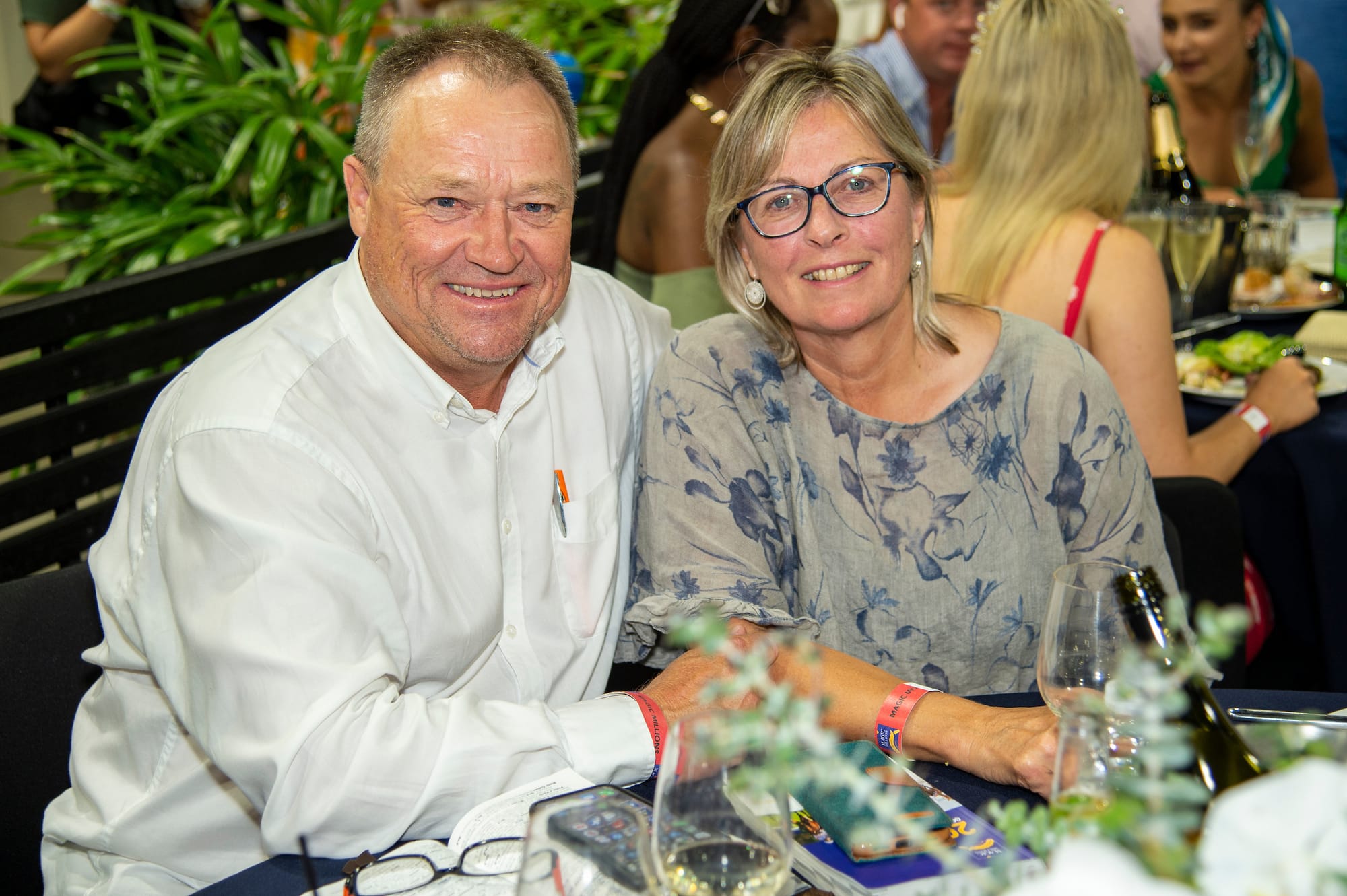
McEvoy could these days be described as “stout” but at 11, he was a 35kg whippet. He wanted to be a jockey, as did his brother Phillip.
Bill Holland had stables in Streaky Bay.
“I asked Dad if I could move into a caravan at Bill Holland’s and he said ‘ask your mother’. I thought ‘no chance’ but she said ‘yes, you can go’. I must have been a bugger of a kid for her to let me go so easily!
“So, me and Phillip, we lived in one of those little round caravans at the stables, Mr and Mrs Holland fed us and looked after us and we rode work in the mornings then caught the bus to school.”
McEvoy will be celebrated in the Hall of Fame dinner at Morphettville on September 6, mostly for his phenomenal training record, including six Adelaide premierships.
It was his less-remembered jockey career that provided the pathway.
“My first ride was at Ceduna in 1976. You’d ride at places like Kimba, Streaky Bay, Loch, Port Pirie, Port Lincoln … a lot of the tracks are now gone,” he said.
“I weighed 36 kilos. I rode 25 winners in a short space of time and that’s what led me to Colin Hayes.”
“CS was looking for an apprentice and Kevin Sattler, a legendary newspaper editor, said ‘Colin there’s a kid on the west coast breaking all the records’.
“The first thing CS said to Kevin was ‘make sure he’s from a good family’.”
McEvoy found himself on a bus from Streaky Bay to Adelaide, then another from Adelaide to Angaston. It was 1976.
“There I was sitting at a little bus shelter in the main street of Angaston, shitting myself, and the biggest car I’ve ever seen rolled up. A maroon Statesman.
Colin drove, Betty Hayes in the passenger seat. Like being greeted by the grandparents.
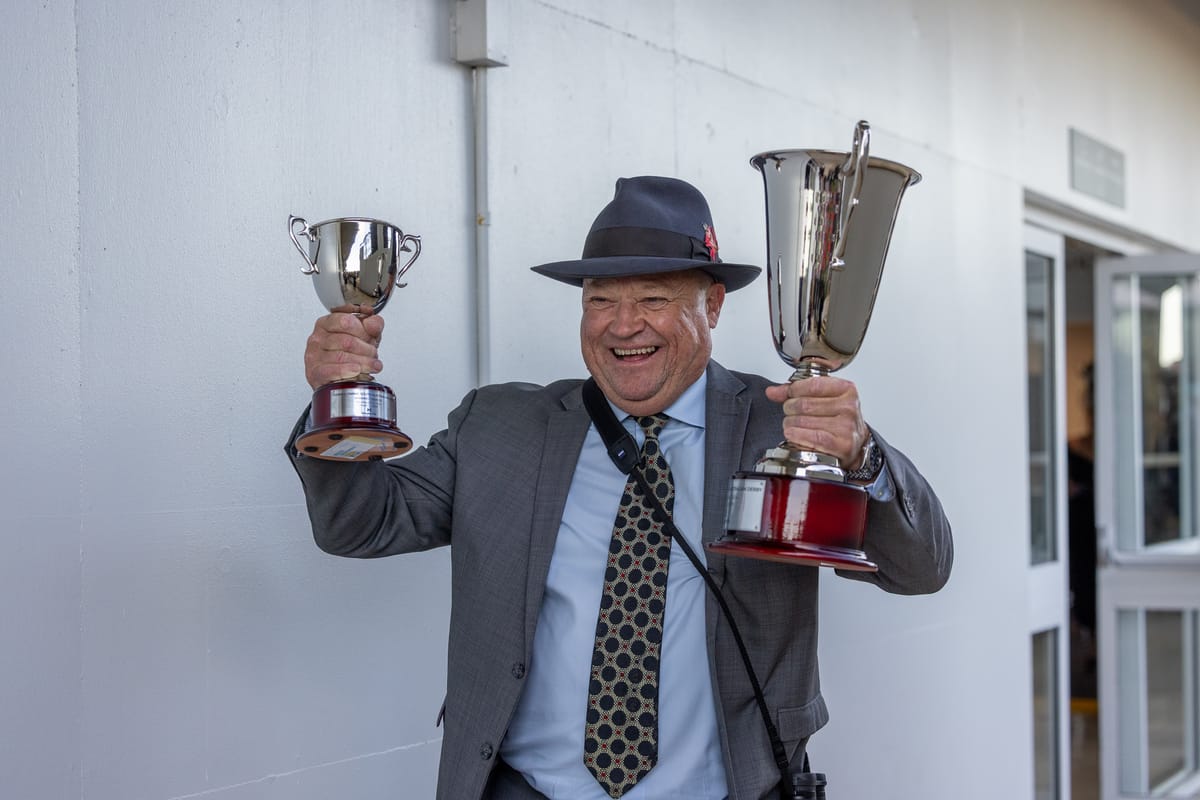
The old Lindsay Park was split in two; the racing stables on the left, the rest of the farm, including the huge homestead, on the right.
“Colin turns left and Betty says ‘Colin, what do you think you’re doing? He’s not staying in the apprentice quarters, he’s staying with us’,” McEvoy recalls.
“Colin responds: “To hell he is, he’s an apprentice.”
Six apprentices were squeezed into what later became the tack room. Only McEvoy and Peter Shepherd, a talented Adelaide rider, made it.
McEvoy became the second-string stable rider to Jim Courtney and in that role rode 70 winners, including a South Australian Oaks and a handful in Melbourne. He ran second on So Called in the 1977 Victoria Derby to Stormy Rex.
Two years after his arrival, McEvoy couldn’t ride under 54kg. He returned to Streaky Bay, where Phillip trained a small string of horses who raced under a higher weight scale.
“I pretty much rode the season, then got a gig in Alice Springs for six months. Rode Alice, Adelaide River, Mt Isa, Darwin. It was an incredible experience. Bush swags, caravans. I loved it.
“But then I collapsed off my horse after the Darwin Cup, dehydrated. That was it.”
He went shearing.
“Three-and-a-half years … the shearing shed life is quite amazing,” he said.
“I was young and fit as a fiddle but these blokes, they were 50, 60 years old, and they worked like Trojans. Their hands were all stuffed up from shearing wet sheep, a lot of them were alcoholics with no families. They were tough and rough but salt of the earth, the most honourable people I have known.”
He then returned to the Hayes clan.
When Peter Hayes died in a light plane crash in Mildura on March 13, 2001, McEvoy was waiting for him in the stable office. They were going to sort out horse entries.
David was in Hong Kong and McEvoy, through tragedy, was thrust into the role of head trainer. It was a big expectation to wear, but one he did with distinction until David returned in 2005.
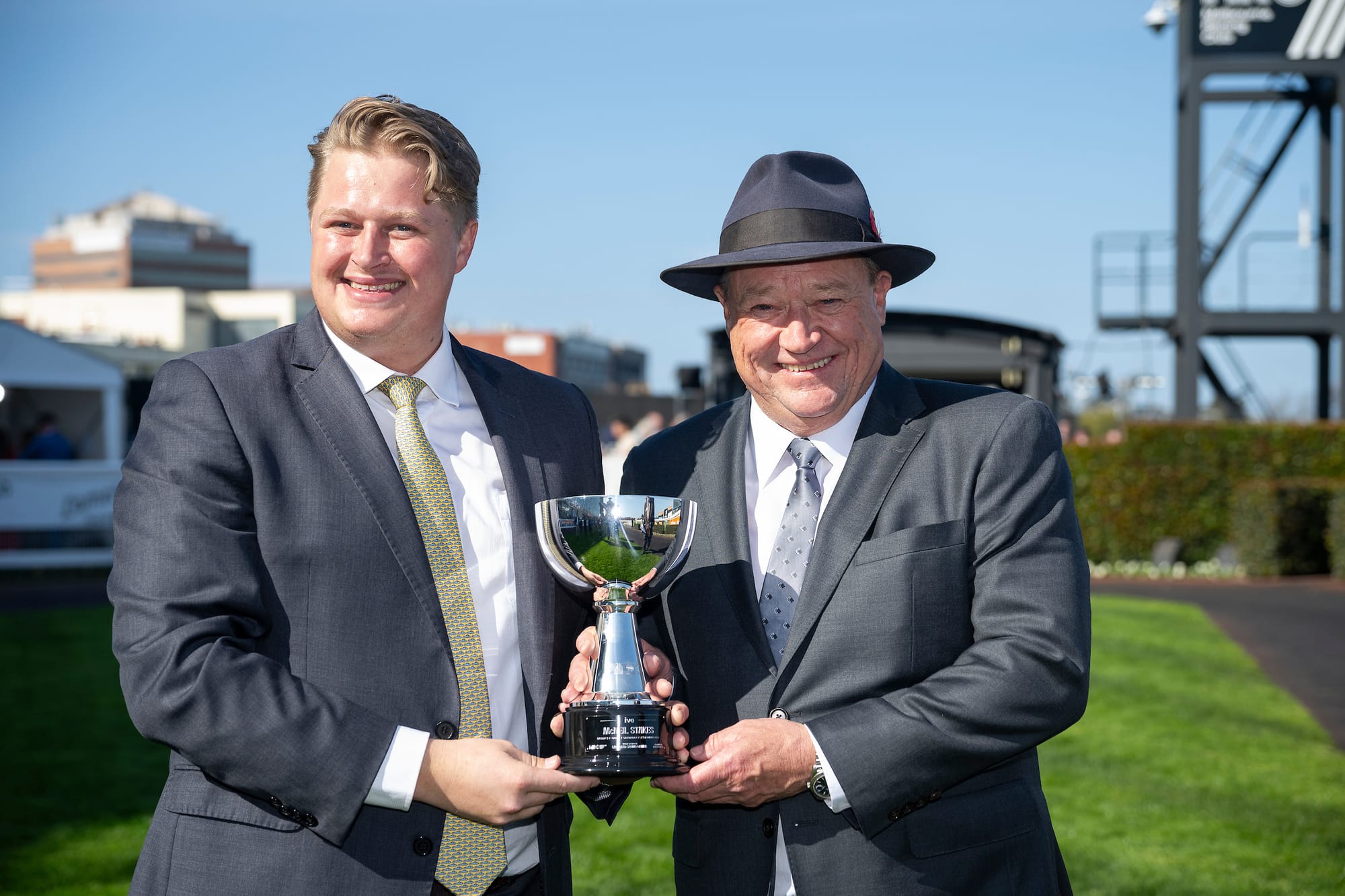
“I never felt like an outsider because of the way they treated me. I always felt like part of the family,” he said. “David and I were mates and still are.”
McEvoy remembers vividly the day Peter Hayes died, aged 51.
“It was a Tuesday. He’d bought a kit plane from a bloke in Queensland and flew it to Mildura where Peter was picking it up,” he said.
“He had a good mate with him, Johnny Kleining, who offered to test fly it first but Pete said ‘nah, I’m buying it, so I’d better go first’.”
“We know what happened after that.”
After a spell in charge with Lindsay Park yielded three Group 1 winners, including a memorable Cox Plate success with Fields Of Omagh in 2003, McEvoy stepped out on his own.
He remained close to his roots with Lindsay Park, or Kildalton Park as it became, where he trained from 2010 until 2022, as his main base.
Just as the Hayes family has had generations, McEvoy has his son Calvin, who became his father’s right-hand man in 2019. In 2016, McEvoy was juggling stables in the Barossa, Flemington, Hawkesbury and Randwick.
Calvin’s role as successor was almost fast-tracked when the stress of juggling so many stables in so many places led to a serious health “turn” that had McEvoy in the office of a heart surgeon, who diagnosed stress.
McEvoy is in awe of the story of the three Hayes boys up at Euroa, a farm he first identified many years ago when he and wife Jo were driving through the area.
“I was gobsmacked to be honest ... it really stunned me. Nothing really stuns me these days, but this did. “I thought, wow, how incredible. Me?” - Tony McEvoy on his South Australian Hall of Fame news
McEvoy will, at some time, wind back as Calvin steps forward. The McEvoys are about to take up 30 boxes at Flemington, which will soon be vacated by Chris Waller. The main base will remain Ballarat, with 70 horses.
“Unless you own a Lindsay Park you are a rent-paying trainer and that’s us. We don’t own anything. When you come to the end of your career, unless you have kids or a successor, you have nothing. Just intellectual property,” he said.
“So many good trainers are not blessed to have a son or daughter. All that stuff, the knowledge, the theories, are lost. So to have Calvin is fantastic.”
McEvoy admits he feared the worst when David Hayes left for that second stint in Hong Kong in 2021, leaving his sons to hold together a stable that was haemorrhaging.
Fields Of Omagh winning the 2003 Cox Plate. (Vision: YouTube)
“I felt those boys were thrown in (the deep end) and I thought they’re gonna need a bit of luck. Horses left, Tom (Dabernig) left, a lot of staff went. They couldn’t fill the place and I know how much it costs to run it,” he said.
“I can tell you they were very worried but in true Hayes style they just dug in and put their heads down and worked their butts off. I’m so proud of them, I can’t tell you.”
A return to Flemington for the McEvoys wasn’t necessarily on the cards, but the opportunity came about as Waller looked to step into Carbine Lodge, previously occupied by Godolphin. The 30 Waller boxes at Flemington seemed ideal.
“So, we put our names down, went in for an interview and got them. It was perfect,” he said.
While the big city training centres are no longer homes of the elite, with Caulfield closed and country centres more prevalent, McEvoy believes there is good brand in training from Flemington, where he trained for Lindsay Park for many years.
“I think so. I went to Hawkesbury then realised my Sydney owners didn’t want horses trained at Hawkesbury,” he said.
“I think Flemington is good for the resume.”
McEvoy’s resume is already impressive, a South Australian bush classic. The addendum is coming, via entry into the Hall of Fame, something he never imagined might happen.

